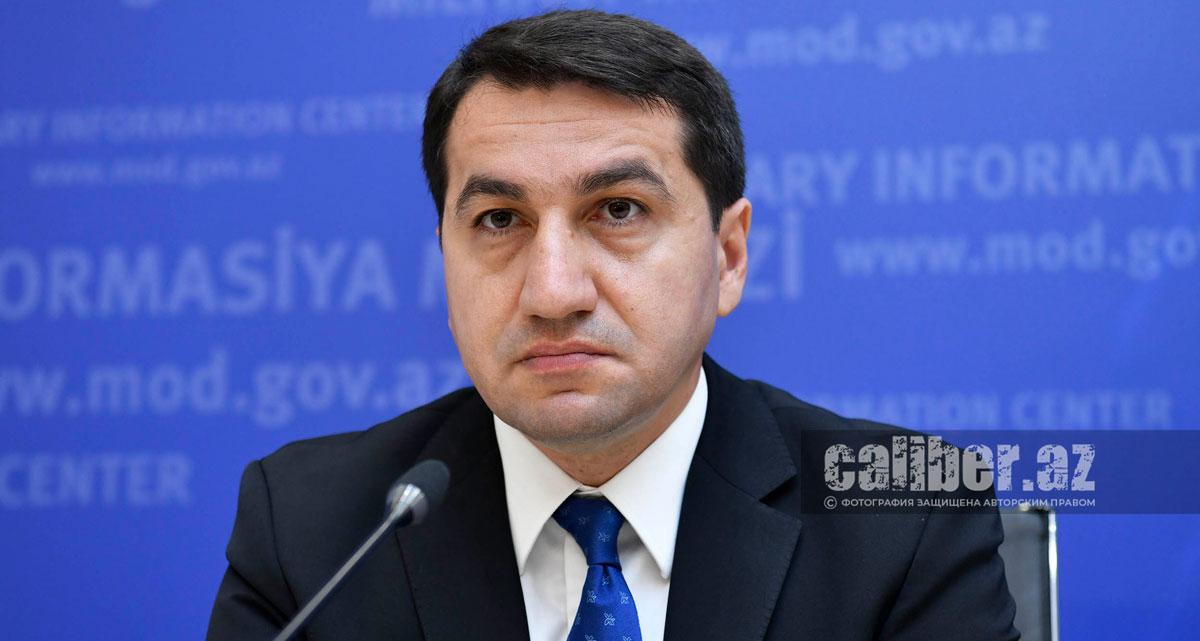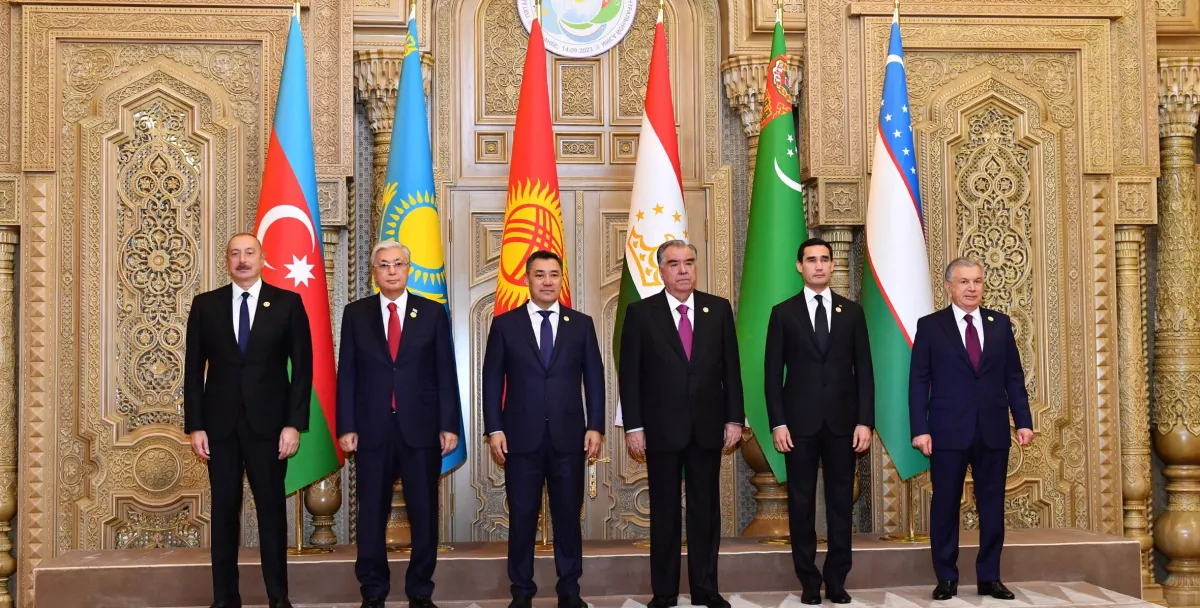Azerbaijan and Central Asia: new architecture of cooperation “5+1” becomes a unified “6”
Today, as the global architecture undergoes qualitative changes and the “rules of the game” shift in Eurasia, the countries of Central Asia and Azerbaijan are demonstrating a drive toward integration to strengthen their influence and diversify their partners.
As Hikmet Hajiyev, Assistant to the President of Azerbaijan and Head of the Foreign Policy Department of the Presidential Administration, noted in a social media post, while relations between Azerbaijan and Central Asia were previously often described by the formula “5+1,” it has now transformed from a purely mathematical concept into a political and historical reality.
“In the past recent months, President Ilham Aliyev has made three visits to the Central Asian region, including Turkmenistan, Tajikistan, and Kazakhstan. Today, President Ilham Aliyev is on a state visit to Kazakhstan.
Previously, Azerbaijan–Central Asia relations were often described in a ‘5+1’ formula — symbolizing the five Central Asian states plus Azerbaijan as a separate partner. However, today this formula has evolved from a sheer mathematical concept into a political and historical reality — even into the matter of chemistry- transforming into a unified ‘6,’ reflecting the deepening integration, constituting single geopolitical entity and shared destiny among these nations based on our common history, culture, traditions, ethnic and linguistic kinship,” Hajiyev wrote.

This statement by the Assistant to the President of Azerbaijan deserves serious attention, as it reflects real processes on the ground.
It is undeniable that the number of high-level mutual visits along the Central Asia–Azerbaijan track has increased significantly. Over the past two years, President Ilham Aliyev has visited Central Asian countries multiple times, with each visit marking a new stage in the development of bilateral ties, the strengthening of trust, and the expansion of economic, transport, and humanitarian cooperation.
As a result, we are witnessing growth in trade turnover with Central Asian countries and the implementation of new projects in the fields of industry, transport, and logistics—initiatives that go beyond bilateral contacts and move toward regional integration.
Undoubtedly, an important unifying factor in these relations is the cultural and historical connection—specifically, the linguistic and ethnic affinity of Turkic peoples and the similarity of traditions. Azerbaijan is an integral part of the Turkic world, and the development of ties with Kazakhstan, Turkmenistan, Uzbekistan, and Kyrgyzstan is largely based on this, as is clearly reflected in the Organisation of Turkic States (OTS).
Relations with Turkmenistan provide Azerbaijan with a strategic dimension: joint development of the Caspian, gas transit opportunities, participation in East–West corridors, and access to the Middle East. One of the key projects is the joint development of the Dostlug oil and gas field. It is also worth recalling that in August 2025, a trilateral meeting between Azerbaijan, Turkmenistan, and Uzbekistan took place, resulting in a joint statement and the signing of memorandums on logistics, shipbuilding, and aviation.

Kazakhstan is a country with significant economic and geopolitical weight, and for Azerbaijan, strengthening relations with it opens access to a rich market, enhances influence in the region, and creates a Turkic bridge from the South Caucasus to Central Asia. At the same time, Azerbaijan seeks to expand ties with Kazakhstan within the framework of energy and transit corridors, which reinforces the country’s role as a logistics hub between Europe, the Middle East, and Central Asia.
With Tajikistan, which is not a Turkic state and is not a member of the Organisation of Turkic States, official Baku builds relations based on the historical and geographical union of “Central Asia + Azerbaijan,” as President Ilham Aliyev has repeatedly noted in his speeches.
“With the growing economy, demographics and geopolitical potential, Central Asia and Azerbaijan are a single historical and cultural geographic region of strategic significance in world politics,” the Azerbaijani leader stated at the 5th Consultative Meeting of Heads of Central Asian States in Dushanbe, where he participated as an honorary guest.
Cooperation with Tajikistan also gives additional momentum to the idea of the “six,” since the country borders Afghanistan and is an important link in regional security. Azerbaijan views the expansion of ties with Dushanbe as a key element in ensuring stability in the Islamic world, as well as a means of increasing influence at the crossroads of South and Central Asia.
Taken together, all of this is highly significant and indicative, demonstrating that the “six” is not limited to Turkic states alone but extends to a broader regional framework. Thus, Hikmet Hajiyev’s statement that the “5+1” model has evolved into a “6” reflects the fact that Azerbaijan, Kazakhstan, Uzbekistan, Turkmenistan, Kyrgyzstan, and Tajikistan are moving toward a more integrative model. The prospects here are very promising.








